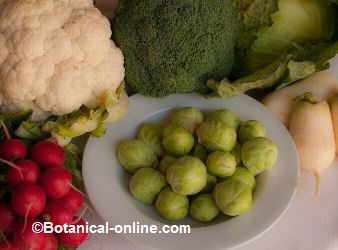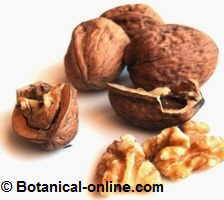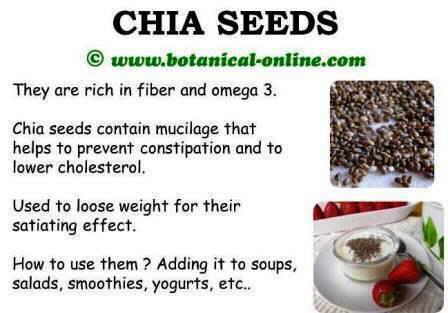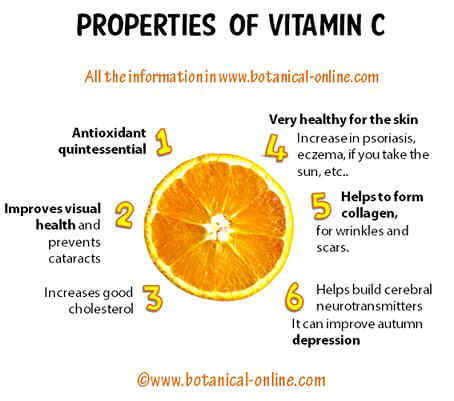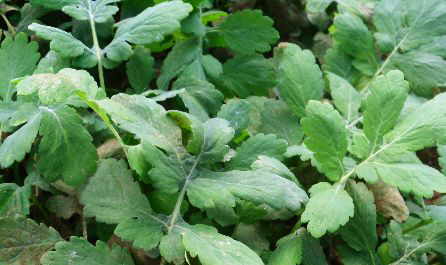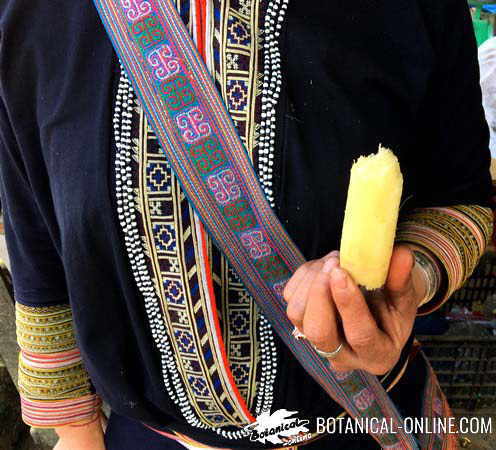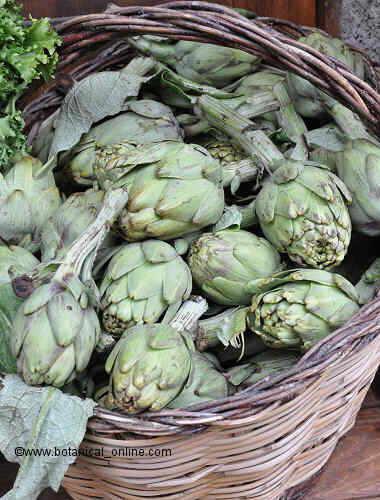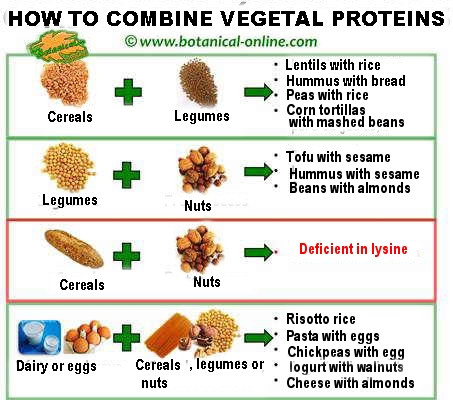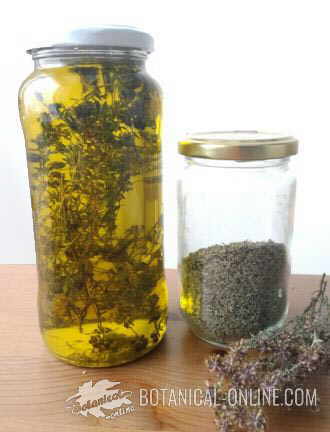Contents
Importance of diet for high blood pressure
Food plays a key role in the prevention and control of hypertension. In cases of severe hypertension, diet can help hypertensive people reduce the severity and complement other treatments.
What is DASH diet?
The best diet for the treatment of hypertension is known as the DASH diet (Dietary Approaches to Stop Hypertension = Dietary Approach to the arrest of Hypertension).
It results from a study conducted by a group of scientists supported by the National Heart, Lung, and Blood Institute (NHLBI). According to this research the adoption of proper nutrition leads to a decrease in blood pressure.
In this type of diet an apparent reduction of hypertension was stated when 459 patients were subjected to a diet rich in vegetables, fruits and cereals and low in animal fat and cholesterol.
The DASH diet is a type of diet that is based on the intake of 2000 calories per day. It includes, in addition to many kinds of plant food, other animal food such as chicken and fish. Special emphasis was placed on reducing red meat, sweets or drinks containing sugar.
As for foods, they chose those that were rich in calcium, potassium and magnesium, elements that, in earlier studies, had already shown that they were very important in controlling blood pressure.
Recommendations of high blood pressure dash diet
This study recommends:

Vegetables are very rich in fiber, magnesium, potassium, calcium and antioxidants. 4 or 5 servings of vegetable food every day: It is considered one serving a cup of vegetable oil, or half a cup of cooked vegetable, or 180 g of vegetable juice. Among the most recommended plants it includes those rich in magnesium, potassium and fiber. For example: spinach, tomatoes, green beans, carrots, potatoes, broculis, peas or squash. The vegetables provide fiber, magnesium and potassium very appropriate to reduce hypertension.
- 4 or 5 servings of fruit every day: It is considered a serving of fruit 180 g of fruit juice, or half a piece of fruit or quarter of a cup of dried fruit. Among the recommended fruits we would have peaches, plums, the pineapple, the apricots, bananas, grapes, oranges, grapefruits, dates or strawberries. All these fruits provide a lot of fiber, potassium and magnesium.
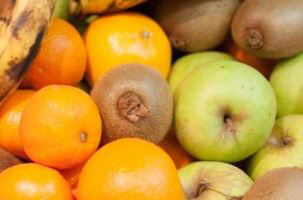
- Some eight daily servings of whole grains: It is considered one serving a slice of bread or half a cup of cooked cereal, or about thirty grams of dry cereal. Among the cereals that were advised by study we can mention rice, oats, the whole bread of any cereal. These foods provide the fiber content and the required energy.
- 2 or 3 servings of skimmed or low-fat dairy products daily: It is considered a serving 250 g of milk or 1 yogurt or 50 g of cheese. Among the dairy foods in this diet we will include skimmed milk, low fat or skimmed cheese or low fat or skimmed yogurt. People who doesn’t like milk can use soy milk or oats milk.
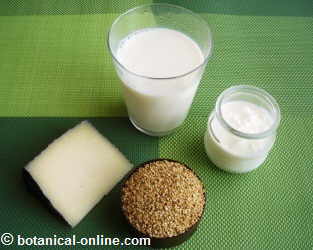
- 2 or fewer daily servings of chicken, fish or red meat: It is considered a serving 100 grams of meat, chicken or fish. Among the meats we should use lean meats, not fried and skinless chicken.
- 4 servings a week of seeds, nuts or vegetables: It is considered one serving 50 g or 1 / 3 of a cup of nuts or two tablespoons of tea or 15 g of seeds, or half a cup of cooked vegetables.
Among the recommended food in this group we would have walnuts, almonds, peanuts, hazelnuts, sunflower seeds, peas, lentils or beans. This food provides energy, fiber, protein, essential fatty acids, potassium and magnesium.
- 2 to 3 daily servings of fat: It is considered a serving a teaspoon of vegetable oil or a teaspoon of low-fat mayonnaise, or a teaspoon of low fat margarine or 2 teaspoons of low-fat seasoning. Among the recommended fats we dispose of vegetable oils such as olive oil or corn oil, “light” margarine or mayonnaise

Walnuts are high in omega 3 and omega 6 essential fatty acids or “light.” dressings.
- 5 servings of sweet food a week: It is considered a serving one tablespoon of brown sugar or a teaspoonful of jam or jelly or 15 grams of sweets.. “Light” sugars are recommended
Given the positive results of this diet, a complementary study was done later, called “DASH-Sodium,” where it was proved the influence that consumption of salt had on blood pressure. It was found that the group that took a daily intake of less than 1500 mg sodium experienced a drop in blood pressure, this being more dramatic in those participants who suffered from hypertension.
These two studies are crucial to design diets that hypertension should follow. Most doctors and dietitians are based on them when planning the diet for their patients.
*Related information: Hypertension low sodium diet
![]() More information about high blood pressure.
More information about high blood pressure.

